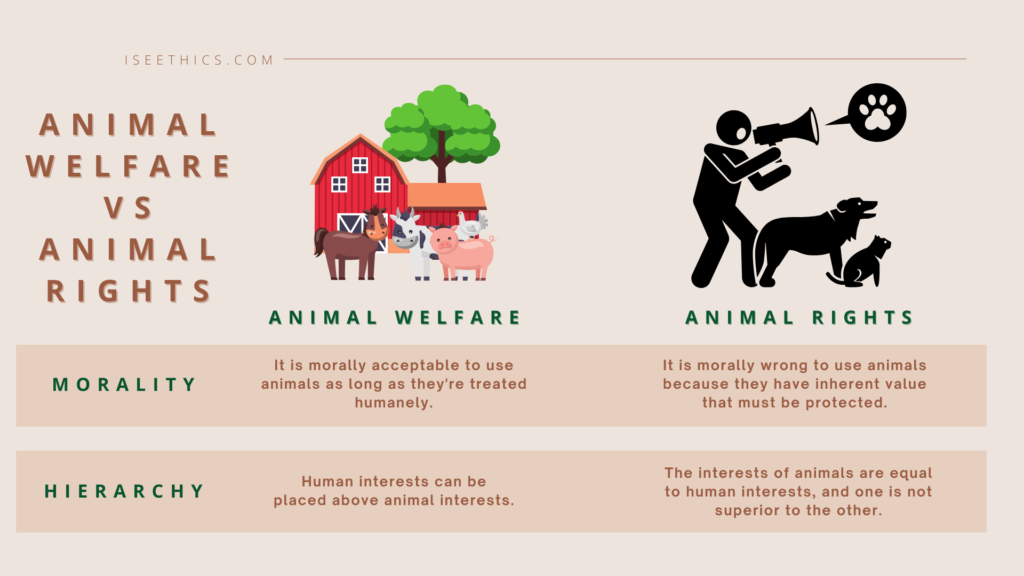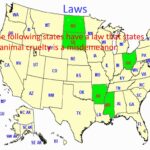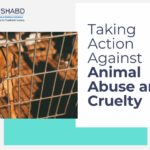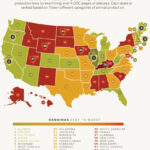When we ponder the intricate web of life, where each strand represents a different aspect of existence, one cannot help but reflect upon the position of animals within this tapestry. They are often the silent participants—creatures that feel and suffer yet may lack a voice. As such, the actions taken against them, whether through negligence or malevolence, merit our scrutiny. What then constitutes animal cruelty? This inquiry transcends mere legal definitions, delving into the profound moral responsibilities humans bear in their interactions with animals.
At its core, animal cruelty manifests as actions that result in unnecessary suffering, prolonged pain, or distress to an animal. Yet, this definition, nebulous at times, is steeped in varying interpretations contingent upon cultural, legal, and ethical lenses. Understanding animal cruelty necessitates an exploration of these perspectives.
Legally, animal cruelty often occupies a distinct category within the framework of criminal law. Statutes are in place across various jurisdictions prohibiting acts that lead to the intentional infliction of harm. Typically, these laws delineate two primary forms of cruelty: intentional cruelty and neglect. Intentional cruelty involves overt acts where an individual purposely inflicts harm, such as beating a dog or starvating a cat. This parallels the darkness that settles over an otherwise vibrant landscape, representing a flagrant disregard for life.
Conversely, neglect might be likened to the slow erosion of a cliffside—a gradual process of decline often obscured until it becomes apparent. Neglect manifests through inadequate shelter, food, or medical care, and it frequently accompanies a lack of understanding or awareness. This form of cruelty often evades the watchful eyes of law enforcement, rendering it an insidious threat that lurks beneath the surface.
From a moral vantage point, the arguments against animal cruelty stretch far and wide. Philosophers have long debated the ethical distinction between humans and animals. Notably, utilitarian thinkers like Jeremy Bentham posited that the ability to suffer, and not mere rationality, should govern our moral considerations. This pragmatism asserts that the sheer experience of pain is sufficient to afford animals moral standing. As such, any action that knowingly inflicts suffering upon a sentient being warrants scrutiny—a concept that parallels the tree that, once cut, cannot regenerate the life it lost.
Furthermore, the moral debate extends into the realm of animal rights, positing that animals possess inherent rights analogous to humans. Scholars such as Tom Regan advocate for the recognition of animals as subjects-of-a-life, emphasizing that their interests deserve consideration regardless of utilitarian calculations. This perspective beckons humans to a higher standard of treatment, illustrating that cruelty can also manifest in actions that prioritize human convenience over animal welfare.
Consider the modern agricultural practices that raise critical questions around animal welfare and ethical treatment. Factory farming presents a glaring example of systemic cruelty wherein animals are often confined to barren conditions, deprived of their natural instincts. Here, cruelty transcends individual acts, instead taking shape as a mechanized process devoid of empathy—a stark parallel to an assembly line, where lives are commodified, stripping away individuality and dignity.
Compounding this moral quandary is the rise of entertainment industries that exploit animals for profit, whether through circuses, aquariums, or zoos. The treatment of these animals often straddles the line between routine exploitation and gross cruelty. In this context, the philosophical musings of animal rights advocates ring true: no creature should pay the price of entertainment with its freedom or well-being. The tragedy is not simply in the act itself but in the normalization of such behaviors, which desensitize us to the plight of the voiceless.
Additionally, societal norms play a significant role in influencing perceptions of what constitutes cruelty. Cultural beliefs often dictate our relationship with animals, shaping the ethics surrounding practices such as hunting or animal testing. While some traditions may maintain practices deemed acceptable, the ethical implications raise a larger question: should cultural acceptance serve as a shield for acts that may otherwise be classified as cruel? In a world progressively leaning toward compassion, this question looms large. The changing tides of public opinion can lead to an evolution in legal perspectives, urging lawmakers to respond to a more enlightened moral compass.
Understanding animal cruelty requires a multifaceted approach that embraces both legal and moral considerations. Legislation is pivotal, providing a framework to hold individuals accountable for acts of cruelty. Yet laws alone are insufficient; public awareness and education are paramount in fostering a cultural shift towards empathy and respect for all living beings. Campaigns that illuminate the plight of abused animals and promote rescue efforts serve to galvanize communities, encouraging people to confront the uncomfortable realities of animal suffering.
As stewards of the earth, the ethical duty falls upon humanity to protect the most vulnerable among us. The definition of animal cruelty is fluid, reflecting our advancement in ethical thinking and our growing understanding of animal sentience. It compels us to examine our societal values while encouraging transformative actions that resonate beyond the legal realm. The metaphor of the tapestry remains; each effort we make to combat cruelty strengthens the fabric of compassion woven into the world we inhabit, ensuring we leave a legacy of kindness for those who may tread upon this earth after us.








